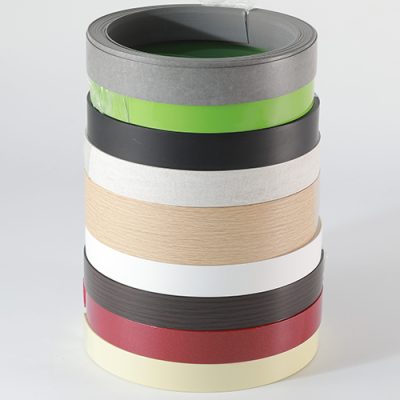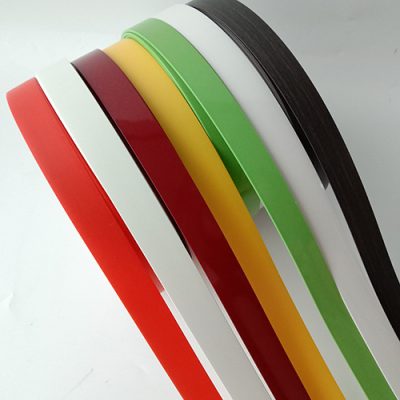PVC edge banding is a crucial component in the woodworking and furniture manufacturing industries. It provides a decorative and protective finish to the edges of various types of boards, including particleboard, MDF, and plywood. Understanding the correct Harmonized System (HS) code for PVC edge banding is essential for businesses involved in the import and export of these products.
What is the Harmonized System (HS) Code?
The Harmonized System (HS) is an internationally standardized system of names and numbers for classifying traded products. It is maintained by the World Customs Organization (WCO) and is used by over 200 countries as the basis for their customs tariffs and for the collection of international trade statistics. The HS code ensures that goods are uniformly classified and taxed appropriately as they cross international borders.
HS Code for PVC Edge Banding
PVC edge banding is classified under the broader category of plastic products within the Harmonized System. The specific HS code for PVC edge banding is generally found under Chapter 39, which covers plastics and articles thereof.
HS Code: 3916.20
The full classification for PVC edge banding is as follows:
- Chapter 39: Plastics and articles thereof
- Heading 3916: Monofilament of which any cross-sectional dimension exceeds 1 mm, rods, sticks, and profile shapes, whether or not surface-worked but not otherwise worked, of plastics
- Subheading 3916.20: Of polymers of vinyl chloride
This subheading is specific to products made from polymers of vinyl chloride, which is the primary component of PVC edge banding.
Importance of Correct HS Code Classification
Using the correct HS code is crucial for several reasons:
- Customs Clearance: Proper classification ensures smooth customs clearance processes. Incorrect codes can lead to delays, fines, or even the seizure of goods.
- Duties and Taxes: The HS code determines the applicable import duties and taxes. Accurate classification helps businesses to correctly estimate costs and avoid unexpected expenses.
- Trade Compliance: Compliance with international trade regulations is mandatory. Correct HS coding helps maintain good standing with customs authorities and facilitates international trade.

Steps to Determine the HS Code
- Product Identification: Clearly define the product, its materials, and its intended use. In this case, the product is PVC edge banding used in the furniture industry.
- Consult the HS Nomenclature: Refer to the official Harmonized System Nomenclature provided by the WCO or local customs authorities. Use detailed product descriptions to locate the correct heading and subheading.
- Seek Expert Advice: If there is any uncertainty, consult with customs brokers, trade consultants, or relevant government agencies to ensure accurate classification.
Conclusion
The HS code for PVC edge banding is 3916.20, which falls under Chapter 39 for plastics and articles thereof. Accurate classification using the HS code system is essential for efficient international trade, ensuring compliance with customs regulations, and avoiding unnecessary costs and delays. By understanding and utilizing the correct HS code, businesses can streamline their import and export processes, enhancing their global trade operations.

